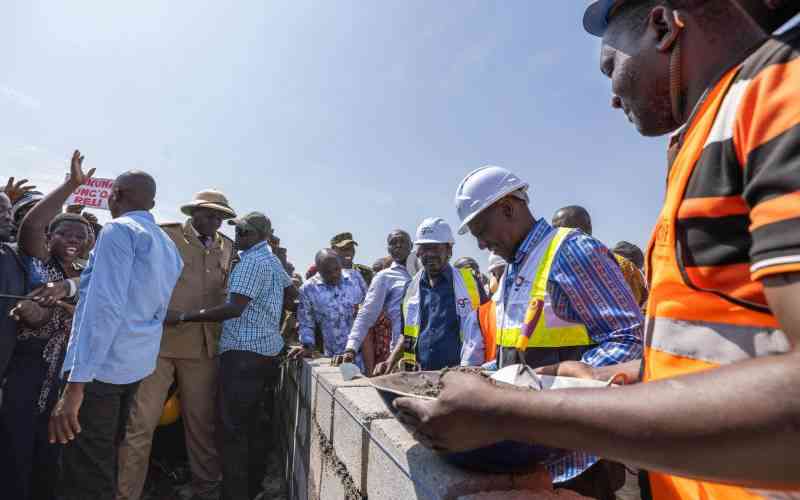×
The Standard e-Paper
Kenya's Bold Newspaper

Around the world, migratory birds provide immeasurable value to the environment. From pollination to controlling pests, to food sources for other wildlife species, migratory birds accord many benefits to nature and people. Many migratory species form a must-see list of many birdwatchers with avitourism contributing billions of dollars per year to national economies.







